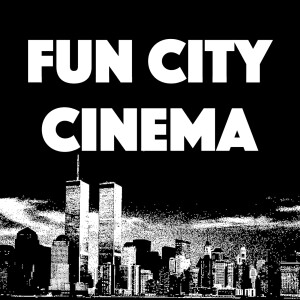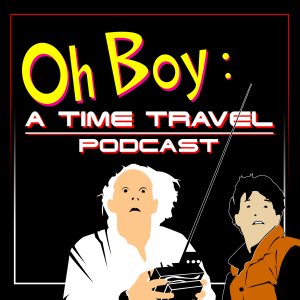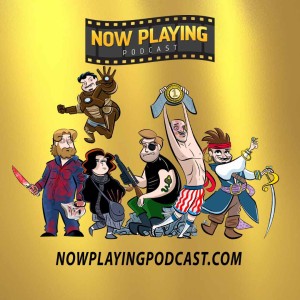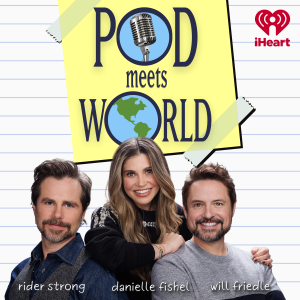| 1 | Jason & Mike in A Very Good Year 2023-01-23 |
Play |
| 2 | Our new show - A Very Good Year 2022-11-02 |
Play |
| 3 | Bonus Time: Born to Win 2022-04-18 |
Play |
| 4 | The Deuce 2021-11-09 |
Play |
| 5 | Keep America Great 2021-10-25 |
Play |
| 6 | Subway Stories 2021-10-12 |
Play |
| 7 | Judge, Jury, and Executioner (Part Two) 2021-09-28 |
Play |
| 8 | Judge, Jury, and Executioner (Part One) 2021-09-14 |
Play |
| 9 | Tribute in Light 2021-08-31 |
Play |
| 10 | MARK YOUR CALENDERS 2021-08-20 |
Play |
Fun City Cinema
“As you see, we’re flying over an island. A city. A particular city. And this is a story of a number of people, and a story also of the city itself.” That’s from the opening voice-over of the 1948 movie The Naked City, which was a very big deal when it was made, because it was a rare studio film that was shot entirely, lock stock and barrel, on the streets of New York City. You see, the American motion picture industry began in New York, at the end of the 19th century – Thomas Edison and other early innovators had their laboratories here, and shot their early films in and around Manhattan. But the movies moved to California in the 1910s, and rarely came back. Plenty of films were set in New York… but astonishingly few were shot here. Studios constructed fake New Yorks on their Hollywood backlots; maybe, if they couldn’t fake it, they’d shoot a scene or two in New York, or send a crew to shoot exteriors, or use stock footage. But that all changed with Executive Order No. 10, issued by Mayor John V. Lindsay on May 31, 1966. That document formed the Mayor’s Office of Film, Theatre & Broadcasting—a one-stop shop intended to eliminate the red tape and copious permits of New York filmmaking, and to lure filmmakers East. It worked - perhaps too well. The problem was, the explosion of production that followed the establishment of the Mayor’s Office in the mid-1960s coincided directly with the beginning of the most troubled period of the city’s history… a quarter-century of rising crime, increasing debt, decreases in public service and servants, and general urban anarchy. And that period was captured over the course of the next two decades, vividly, in the likes of Midnight Cowboy; The French Connection; Death Wish; Dog Day Afternoon; Taxi Driver; The Taking of Pelham 123, The Warriors; Fort Apache, The Bronx; Do the Right Thing; and After Hours—portraits of a city’s decay and downfall, and ones that, ironically enough, might not have existed at all were it not for the incentives provided by the city itself. Now, from the safe distance of a Disney-fied and gentrified Manhattan, these films provide us with a window into a past that’s been razed and replaced by a safer present. 9/11 took a toll on The City… so did the rise of income inequality, rendering New York City, more than ever, a place solely by and for the rich. That shift, and the rapid suburbanization that accompanied it, has left New York nearly indistinguishable from other large American cities. And thus these movies…. become a valuable reminder of what once was. And what we’re witnessing, in the films made in New York, and set in the present, is a conversation of, of connections and reflections between the fictional lives in their foregrounds… and the real lives happening behind them. So in their own unique ways, every great New York movie is an accidental documentary of what The City was - at the precise point of its production, and not a moment longer. All of those movies, taken together, tell their own version of the history of New York. That’s the history we’re here to tell.










